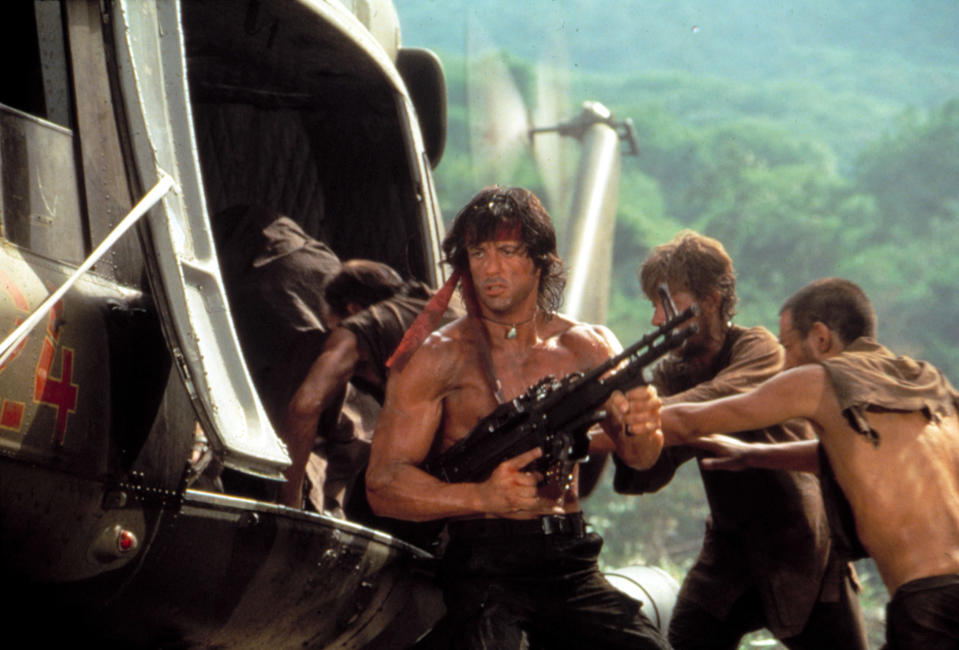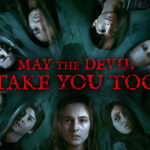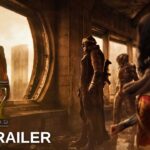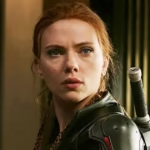Rambo: First Blood Part II (1985)
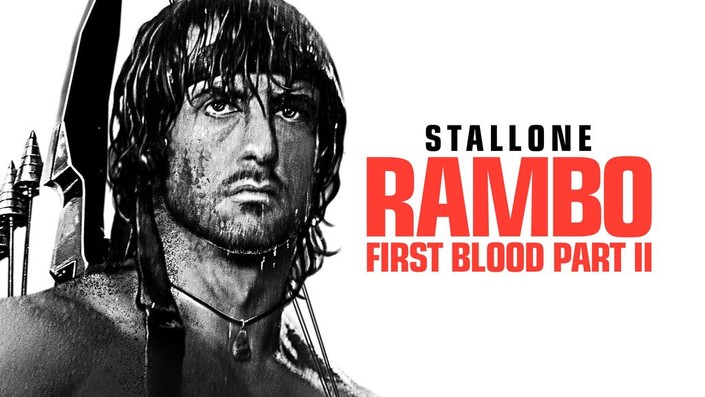
Rambo: First Blood Part II (1985)
Rambo: First Blood Part II (1985), directed by George P. Cosmatos and co-written by Sylvester Stallone and James Cameron, is the explosive sequel to First Blood (1982). It transforms John Rambo, the tormented Vietnam veteran introduced in the first film, into a full-fledged action hero and icon of 1980s cinema.
The story begins with Rambo (Sylvester Stallone) serving time in prison after the events of the first film. He’s unexpectedly offered a chance at freedom by his former commander, Colonel Sam Trautman (Richard Crenna), who needs him for a top-secret mission. The U.S. government, led by bureaucrat Marshall Murdock, wants Rambo to return to Vietnam—not to fight, but to search for American POWs believed to still be held captive.

Rambo is sent into the jungle under strict orders: only take photographs, do not engage the enemy. But when he discovers a camp full of emaciated American prisoners, he defies his orders and attempts a daring rescue. His extraction is sabotaged by Murdock, who wants to cover up the truth about the abandoned POWs. Rambo is left behind and captured by the enemy.
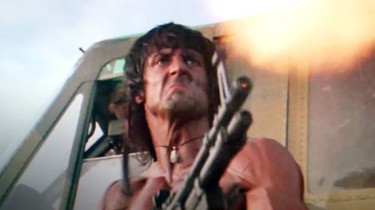
Tortured and brutalized by both Vietnamese soldiers and their Soviet allies, Rambo eventually escapes with the help of local resistance fighter Co Bao (Julia Nickson). Together, they rescue the prisoners, reigniting Rambo’s warpath against those who betrayed him and the country that abandoned its own soldiers.
What follows is a relentless series of action-packed sequences as Rambo wages a one-man war through the jungle, destroying enemy forces with bows, explosives, and raw determination. He returns to the U.S. base with the rescued POWs, confronting Murdock in a climactic and emotional standoff.
The film ends with Rambo rejecting a hero’s welcome, telling Trautman that he only wants what every soldier wants: for his country to love them as much as they love it. He walks off into the jungle once more, disillusioned but unbroken.
Rambo: First Blood Part II redefined the character from a traumatized vet to an unstoppable action legend. While more politically charged and exaggerated than its predecessor, the film struck a chord with audiences during the Cold War, symbolizing strength, justice, and retribution. With its iconic score, explosive action, and unforgettable imagery, it became one of the defining action films of the 1980s.
